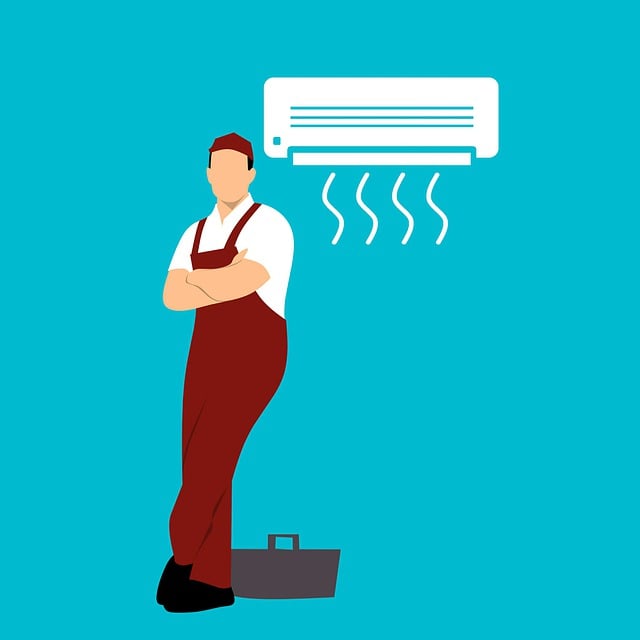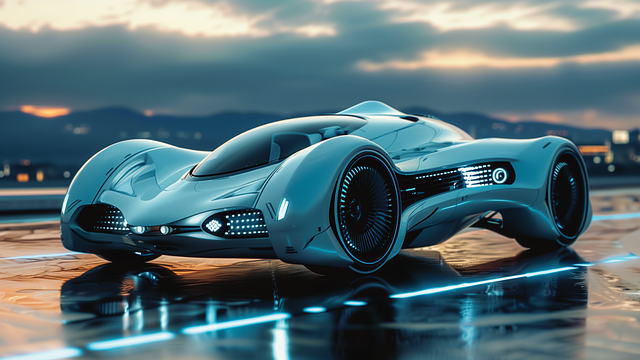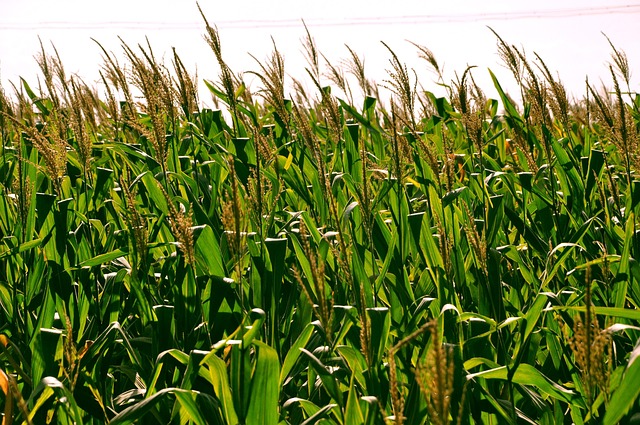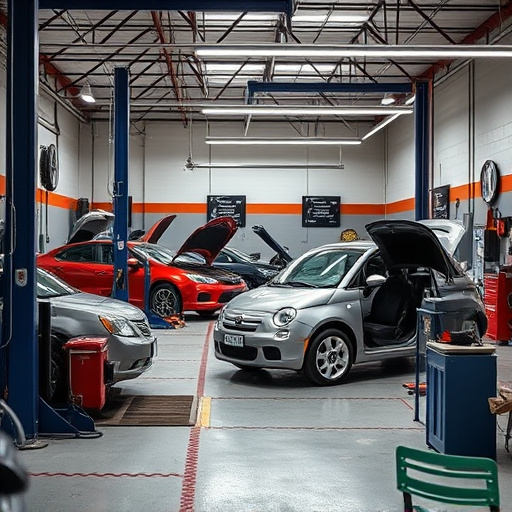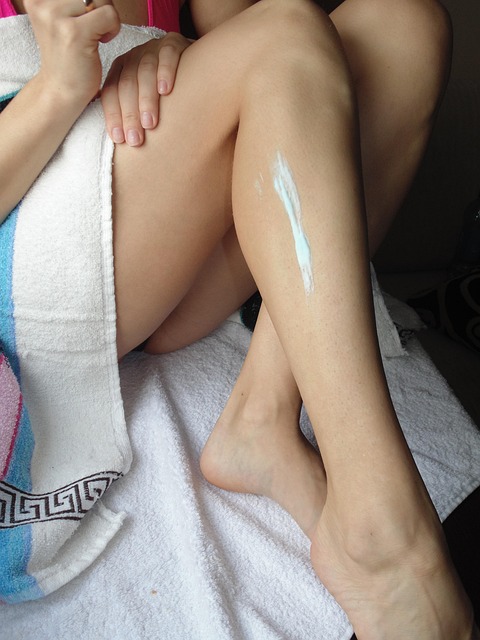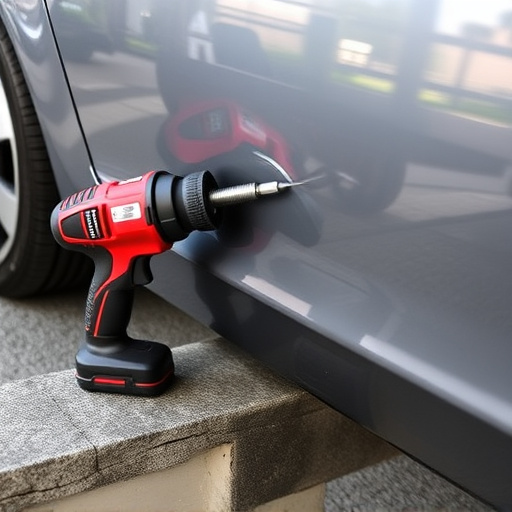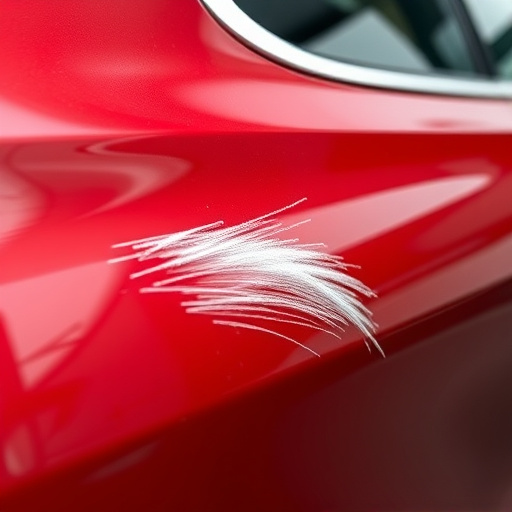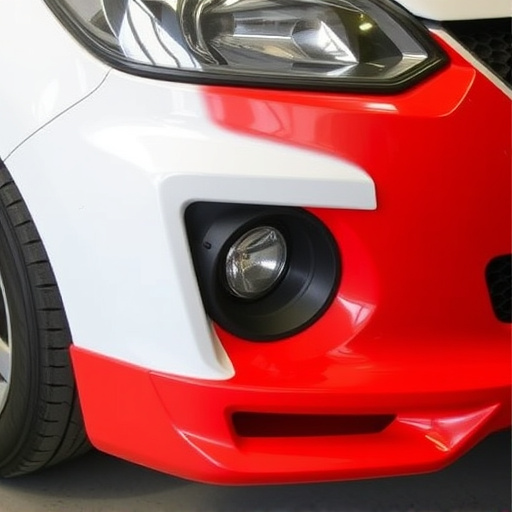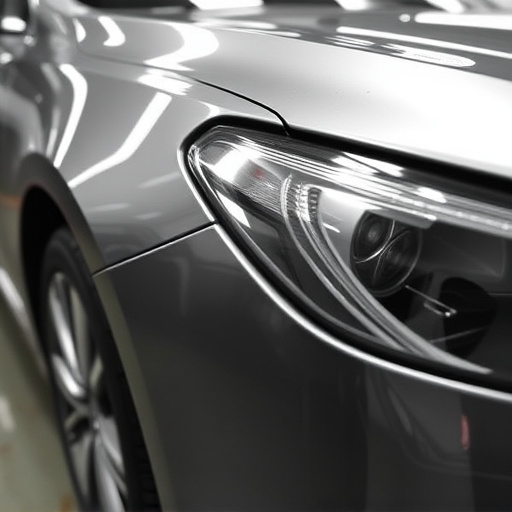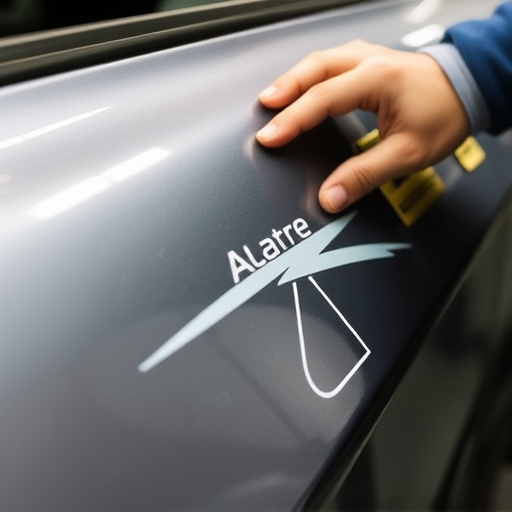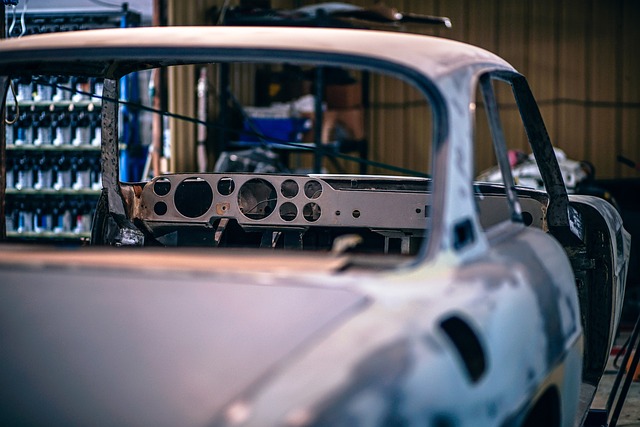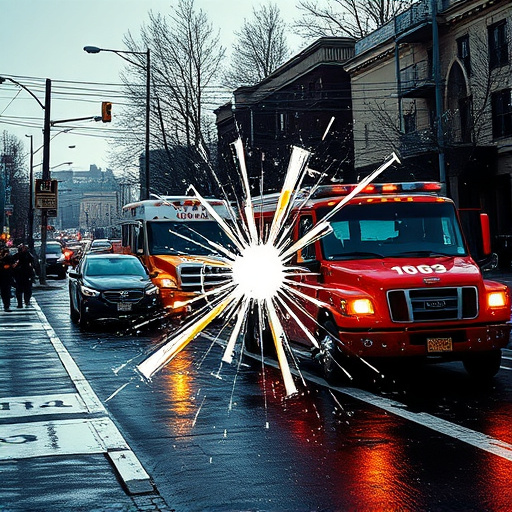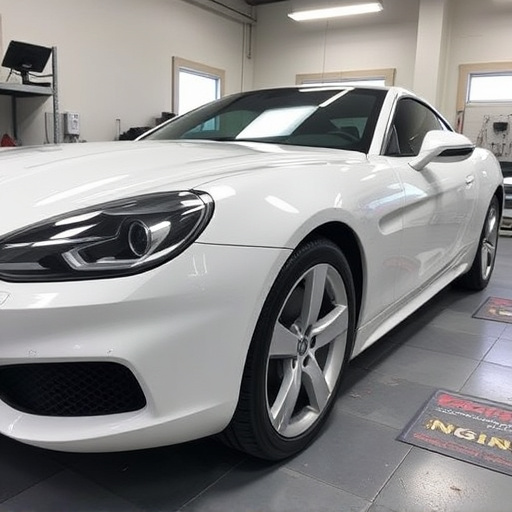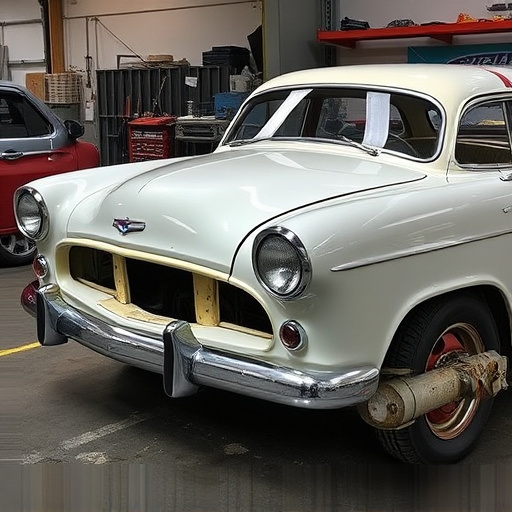Achieving a flawless matte finish in collision repair demands meticulous surface preparation using specialized cleaning agents, degreasing, sanding, and varying grit abrasive papers under proper ventilation. Despite technological advancements, lighting, paint formulations, and vehicle age can impact color matching accuracy. Skilled technicians with artistic precision are crucial to avoid mistakes during the final coating application, ensuring a stunning, long-lasting pearl-like exterior finish.
In the realm of automotive aesthetics, pearl finish collision repair stands out as a delicate art. This intricate process, aimed at restoring vehicles to their glossy best, presents unique challenges. From surface preparation to achieving a uniform color match and final touches, each step requires precision. This article delves into the common pitfalls and best practices in matte finish collision repair, offering valuable insights for professionals seeking flawless results.
- Surface Preparation: Challenges and Best Practices
- Achieving Uniform Color Match: Common Pitfalls
- Final Touches: Avoiding Mistakes in Buffing and Coating
Surface Preparation: Challenges and Best Practices
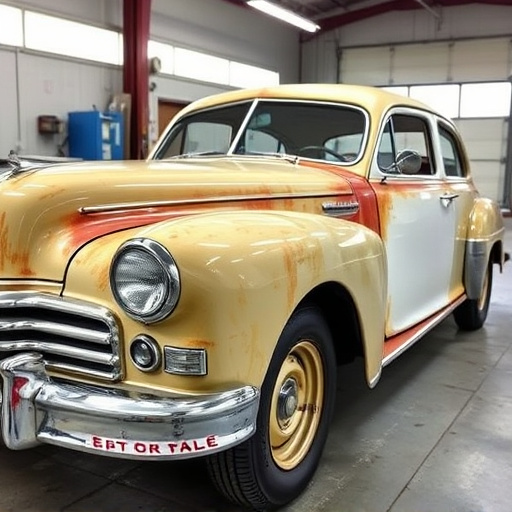
Surface preparation is a critical step in any matte finish collision repair process. The primary challenge lies in achieving a clean, smooth, and contaminant-free surface before applying the final coat. Debris, grease, and fingerprints can all interfere with adhesion, leading to uneven finishes or even failure of the paint job. Best practices include using specialized cleaning agents designed for automotive surfaces, followed by thorough degreasing and sanding to ensure a perfect base for the new finish.
One of the key best practices in surface preparation is using abrasive papers with varying grit sizes. Starting with coarser grades to remove imperfections and ending with finer ones to achieve a smooth texture ensures a professional matte finish. Additionally, proper ventilation in the auto collision center is essential, as it minimizes the risk of over-saturating surfaces with cleaning solutions, which can lead to poor drying times and potential health hazards. Effective surface preparation not only enhances the aesthetic appeal but also guarantees long-lasting auto body repairs and the final desired matte finish.
Achieving Uniform Color Match: Common Pitfalls
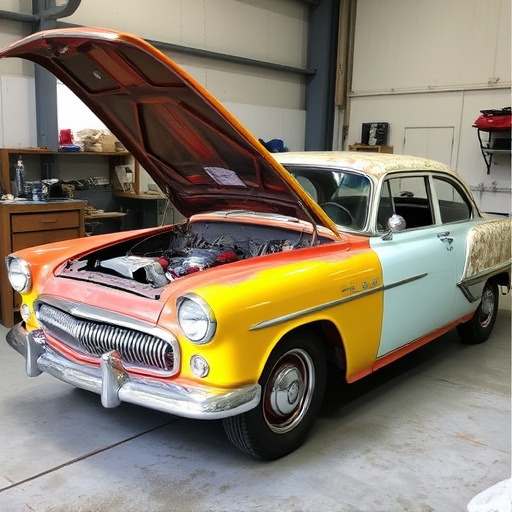
Achieving a uniform color match is one of the most significant challenges in matte finish collision repair. While advanced technologies and precision tools have made significant strides, getting the exact shade right remains an art. Common pitfalls include variations in lighting conditions during the matching process, which can skew color perception. Additionally, different car paints have unique formulations, leading to slight differences even when using identical references.
Another factor is the age and condition of the vehicle’s original paint. Over time, colors can fade or change due to environmental exposure, making it harder to match precisely. Moreover, pre-existing defects like scratches or chips in the damaged area require meticulous preparation, as they can influence how the new paint adheres and blends with the existing surface, creating visible disparities if not addressed properly. Effective communication between technicians and customers is vital to manage expectations, especially regarding the subtleties of color matching in car damage repair.
Final Touches: Avoiding Mistakes in Buffing and Coating
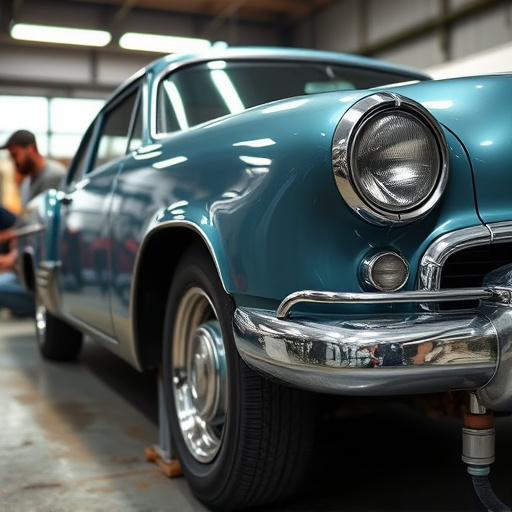
The final touches in pearl finish collision repair are a delicate balance between art and precision. After meticulous frame straightening and careful auto maintenance, the car’s exterior must be buffed to perfection. This stage is crucial as it determines the overall smoothness and depth of the matte finish collision repair. Technicians must exercise caution to avoid common mistakes like over-buffing, which can lead to scratches or an uneven surface.
Avoiding these errors requires a steady hand and expertise. The right tools and techniques are essential for achieving a high-quality, durable finish. Proper coating application is equally vital; any gaps or inconsistencies will be visible once the coat dries. Thus, attention to detail is paramount in this final phase, ensuring that the vehicle not only looks stunning but retains its flawless pearl finish over time, just like a beautifully crafted symphony of automotive aesthetics.
The pearl finish collision repair process presents unique challenges, from surface preparation to achieving a uniform color match. Understanding these hurdles and implementing best practices is crucial for professionals aiming to deliver top-notch results in matte finish collision repair. By paying meticulous attention to detail during each step—from initial preparation to the final touches—technicians can ensure satisfying outcomes that meet high standards of quality and customer expectations.
